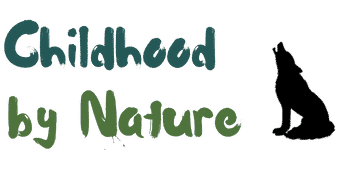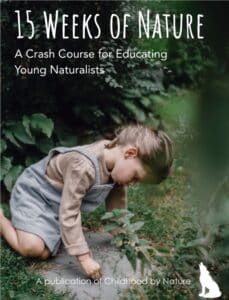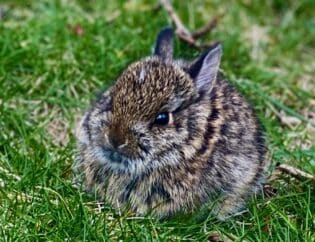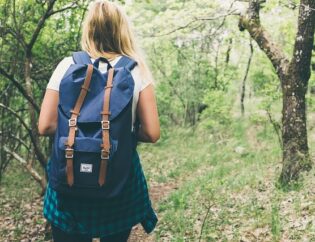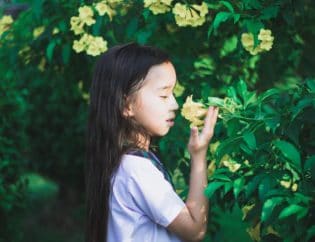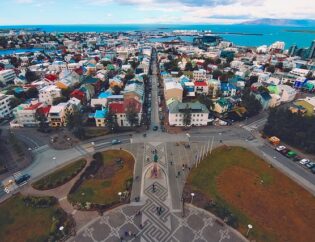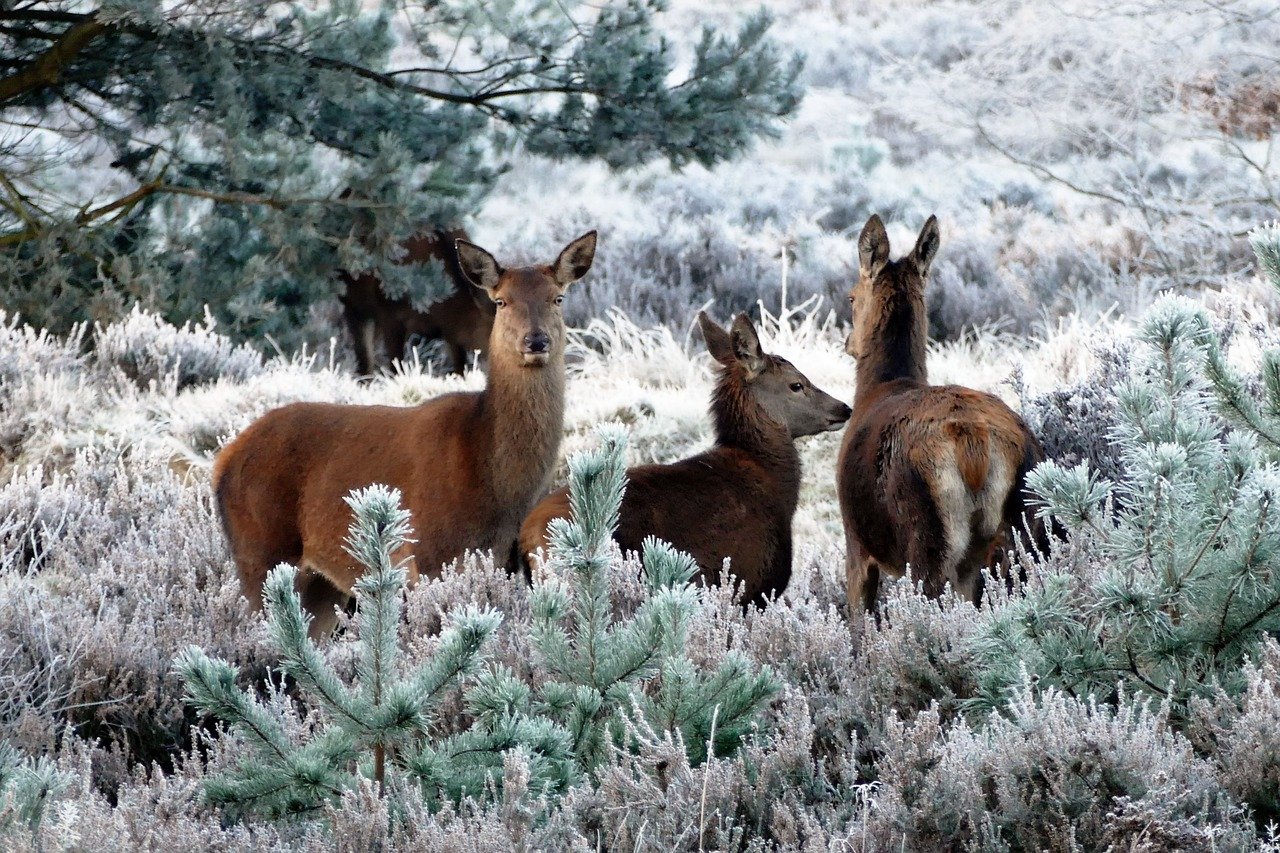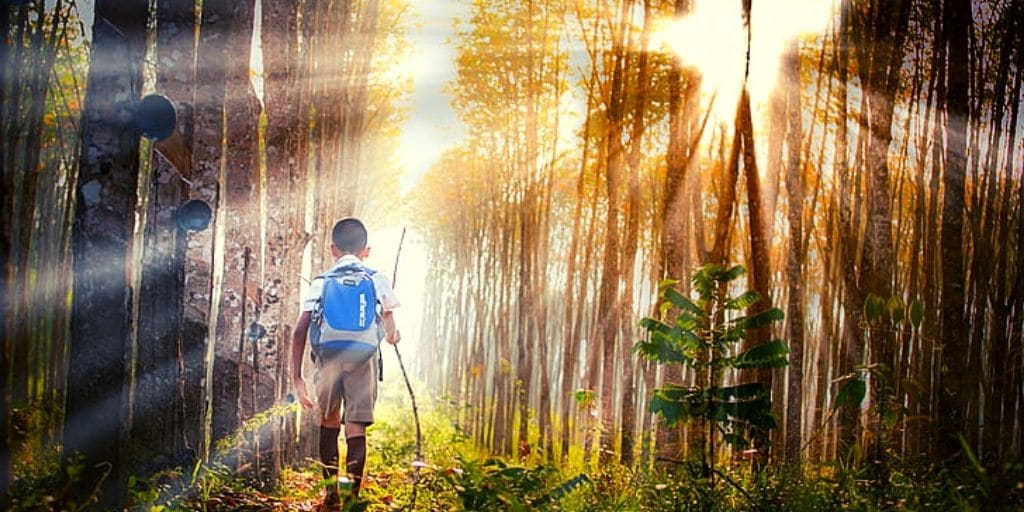
We started this website a few years ago with the goal of helping children rediscover nature. Consistent with that goal, one of our most common messages is that being outdoors is good for children. And it is. But we understand that the quality of the outdoor experience is important. After all, you can be outside, staring at your phone the whole time. What we really imagined was childhood where children felt excited by, enlivened by, and educated by the natural world.
To achieve this, we think it is important that children take steps to becoming naturalists.
"Why naturalists?", you might wonder. Naturalists make observations about patterns and relationships between organisms and their environments. They develop an understanding and appreciation about the natural world that is greatly needed individually and as an inhabitant of this planet. And to do this, they pay close attention to the natural world.
You already know a few naturalists. Charles Darwin was a naturalist, constantly collecting and observing. He spent many years comparing and analysing specimens before finally declaring that evolution occurs by a process of natural selection.
Henry David Thoreau was also a naturalist. His two years and change in Walden was a study in place-based naturalist observation. Thoreau wasn’t satisfied with merely the “what” of an organism. He wanted to understand “why” these relationships unfolded and “how” things work. Thoreau went out every day looking for deep connections between organisms, uncovering the “the language that all things speak,” as he said.
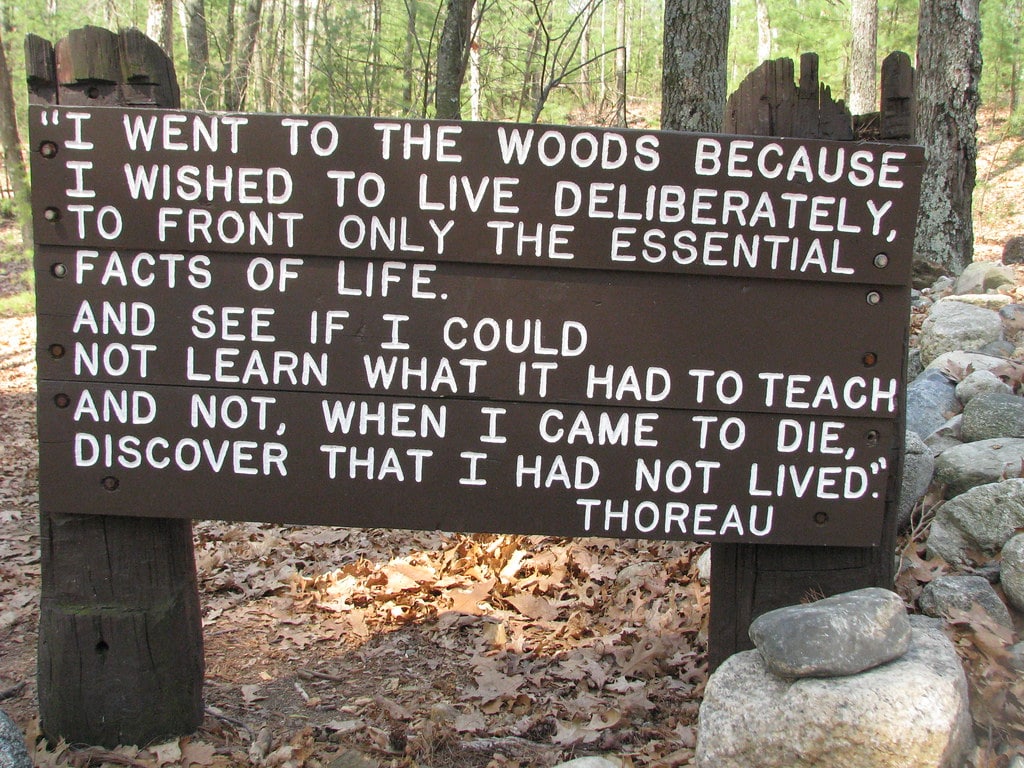
Like Thoreau, we believe there is nothing in the natural world that does not deserve our attention. Everything in nature: mushrooms, squirrels, hawks, oak trees and even grass (and Thoreau was in love with grasses) can be fascinating. To a naturalist, every piece of nature counts equally. We hope that many of the ideas we share on our blog help children see and explore the natural world. Using this power of natural observation, your child can become an expert on their own surroundings.
Heading outside, finding a tree to sit under and simply observe might sound too passive for most kids. But a naturalist’s means of studying nature is not passive. Quite the opposite. A naturalist is fully aware of the world in all its dimensions, using all of their senses fully. To a naturalist, the world comes alive. Suddenly, relationships that are hidden in plain sight between plants, birds, trees & insects are clear. With practice, you become a detective looking for clues, then an interpreter of the language of the natural world. And ultimately, simply another organism that is in tune with it. Isn’t that a beautiful way to be in this world?
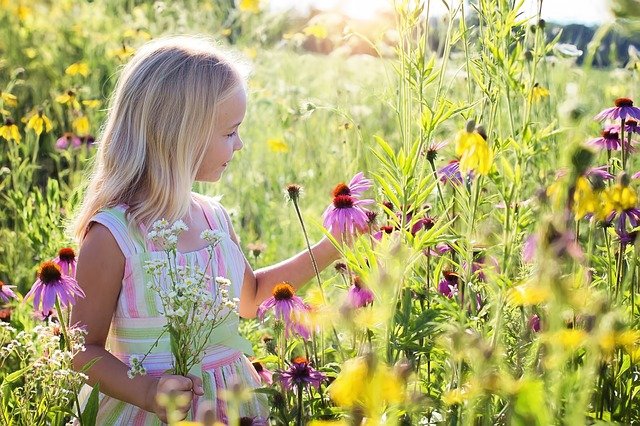
So why do we think a child should be a naturalist? To see the world come alive. It’s that simple. It is one of the greatest gifts we can give our children.
We wrote 15 Weeks of Nature as a guide to start your child on their naturalist's journey. Able to be led by anyone, the activities are simple, fun, and intentional. You don’t need pre-existing natural history knowledge. You just need to give your child the space and time to explore.
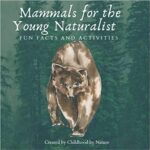
 Our new series for young naturalists includes the titles Mammals for the Young Naturalist and Birds for the Young Naturalist. Each book in the series explores a different group of critters in the natural world, highlighting characteristics, habitats and behaviors. Plus, hands-on activities to help young naturalists explore nature in their world.
Our new series for young naturalists includes the titles Mammals for the Young Naturalist and Birds for the Young Naturalist. Each book in the series explores a different group of critters in the natural world, highlighting characteristics, habitats and behaviors. Plus, hands-on activities to help young naturalists explore nature in their world.
Here are a few more tips to help jumpstart your child's young naturalist training:
1. Start small and local. Like Thoreau at Walden Pond, most naturalists learned the deepest lessons about nature in their own pond or backyard.
2. Make it a part of your routine. Nature study does not have to be reserved for special occasions such as the annual camping trip or trip to a national park. Nature should be experienced every day or at least once a week.
3. Don’t overplan or overdo it. Forget about complicated games or overly coordinated activities, most often, just being outside with the intent to learn and wonder is enough. Nature will do the rest as it fascinates, poses questions and pulls the child back.
4. You don't need a naturalist education yourself. We confess that we studied birdwatching, entomology and vertebrate zoology in college. But we’ve encountered countless made-at-home naturalists who just appreciate, respect, and inquire about the natural world. You can be one. Everything we create on Childhood by Nature is written with that framing in mind. Nobody expects you to be the expert, explaining nature to your kids. You are providing the space and the freedom for your child to explore to find the answers alone or with your help.
5. Just do it. While it would be a wonderful world indeed if natural history was taught in school today. Sadly, it’s not. Educators often don't have time to fit it in. Or they don't know how to. Don’t wait on them. Take matters into your own hands. Our crash course breaks down the basics for you. In the process, your child will be getting a high-quality but low entry cost nature education.
6. Set your own pace. You might not head outside for learning every day. You might designate your outdoor learning for a “Nature Friday” or just on weekends. Whatever you do, bring in learning with nature at the right pace for you and the children in your life. The good news is that when it comes to learning with nature, a little goes a long way! You can follow 15 Weeks of Nature once a week, once a day, for a full month (repeating some of the activities), whatever you need. Do it out of order or just use it as a launching point for your own explorations.
7. Stay seasonal. Fun seasonal activities like leaf identification and snowflake study help get children into the season by exploring the fascinating ever-changing nature of nature.
As parents ourselves, we don’t (can't) subscribe to overly complicated, overly ambitious goals. We just want kids to stop and look around. We want them to understand that being a young naturalist does not require encyclopedic knowledge. But, really, just a little of their time and respect. Respect for accepting the natural world for what it is. Not an Instagrammable selfie backdrop. But sometimes a muddy, thorny, sticky, itchy place. It’s all there for a reason.
Now go nurture those young naturalists!
